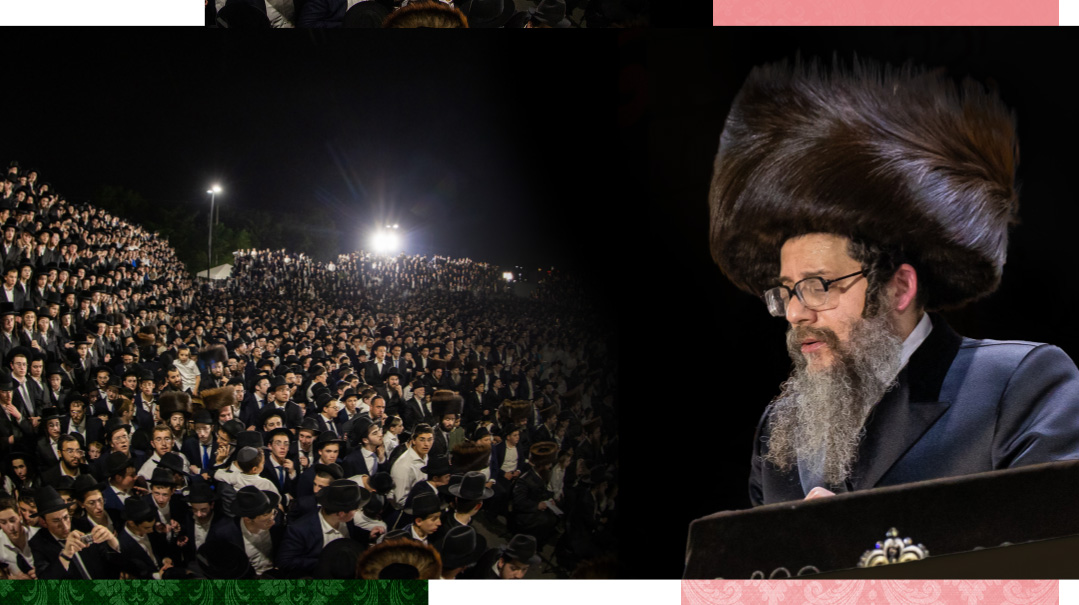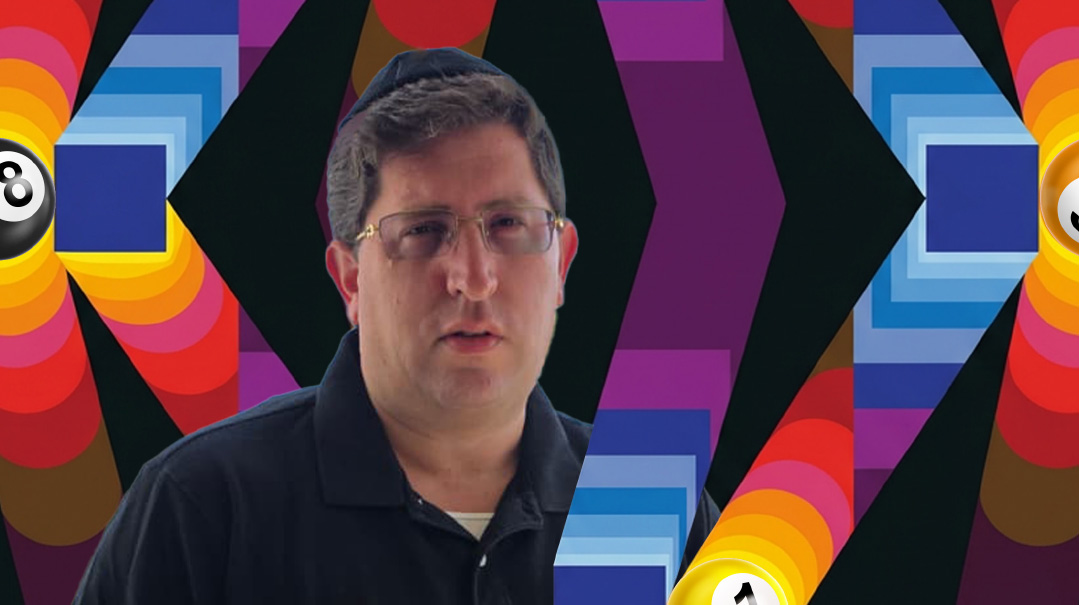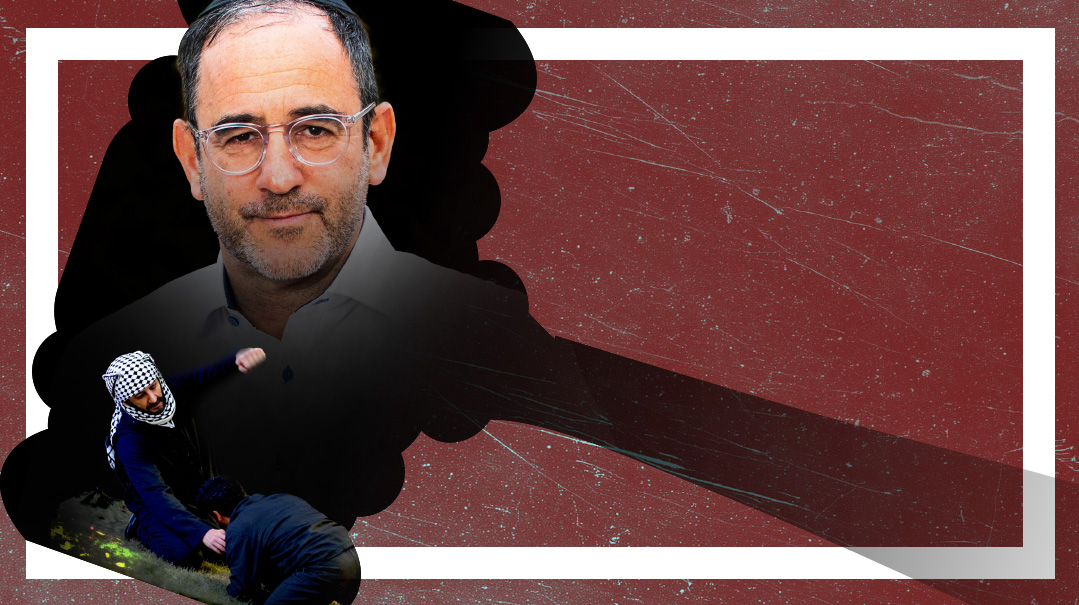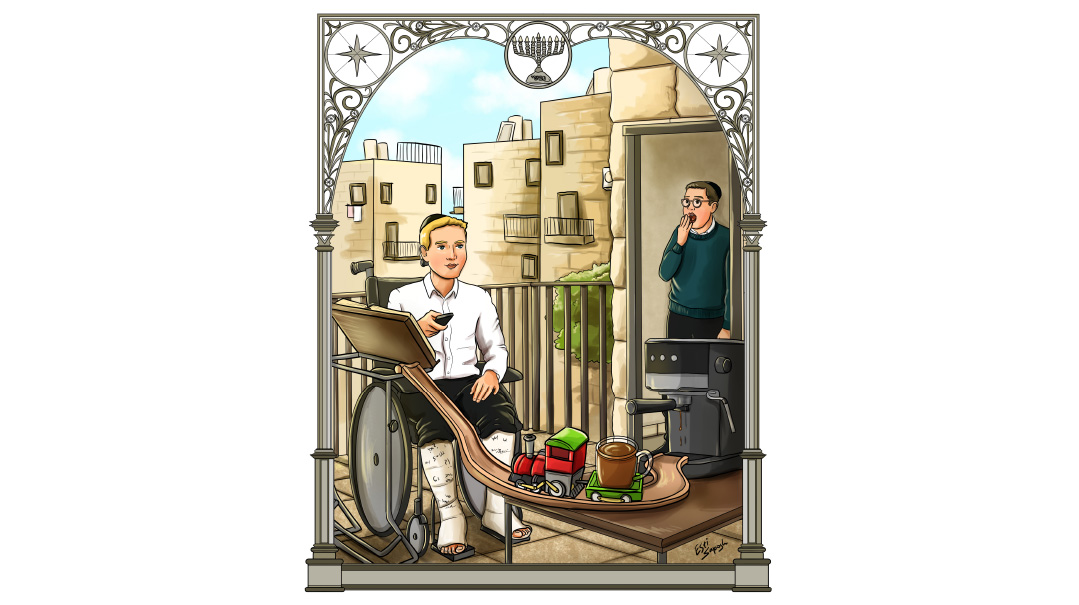Back to the Tatte’s Home

“Chassidei Skulen?” he asked. “It’s only for the chassidim? It’s for any Yid who wants ah bissel varmkeit!”

Photos: Avi Gass
Once, when the Skulener Rebbe ztz”l paid a visit to Lakewood, he saw the sign “Kehal Chassidei Skulen” posted above the door to his son’s trailer-turned-beis-medrash. “Chassidei Skulen?” he asked. “It’s only for the chassidim? It’s for any Yid who wants ah bissel varmkeit!” Today the trailer has turned into a full-fledged edifice and Rav Tzvi Noach Portugal leads a large kehillah, but the Rebbe’s charge is as true now as ever
Some 13 years ago, when I was a bochur learning in Lakewood’s Beis Medrash Govoha, Friday nights were challenging. As the only “out-of-towner” in a dorm room of locals who returned home for Shabbos each week, I was left to face an empty room once the seudah concluded. I could check into the beis medrash and learn for a bit — but the loneliness inevitably got to me. I could roam the streets — but the idyllic beauty of Clifton Avenue is, well, it isn’t.
Then I learned that just a few minutes’ walk from the dormitory, on Ninth Street between Lexington and Clifton, was a simple trailer; on the doorway hung a sign humbly stating, “Kehal Chassidei Skulen.” That trailer served as the beis medrash where the Skulener Rebbe’s second-youngest son, Reb Tzvi Noach Portugal, served as rav and conducted Friday night farbrengens.
I decided to go. The interior revealed a classic clash of dignified improvision, with handsome seforim doing their best to disguise the makeshift walls. The tables lined into two parallel rows against a smaller head table conveyed an unassuming hospitality.
But at Skulen, I quickly learned, the physical trappings were not the focus. The 20 or so attendees were fixed on the man at the center of the head table. He was young in age but more so in personality — he radiated youthfulness. He bounced as he sang, uplifted by the energy that he himself generated.
Even I, a stranger, could feel his warmth. In Lakewood (at the time), just hearing the chassidishe “ei” in place of the litvishe “ai” had a refreshing charm. He spoke about the Kedushas Levi, der heiliger Berditchever, and told us that in friehrdige doros, the earlier generations, some Yidden wouldn’t make Kiddush before learning Kedushas Levi. Of course it was Kedushas Levi, and his face took on added radiance as he uttered the title of this very holy sefer.
Time passed and the dreadfully empty dorm room has faded to a haunting memory. But every now and then I recalled that spark of warmth — that burst of light — coming from a very modest white trailer on Ninth Street between Lexington and Clifton.
And I wondered: Is the trailer still there? Whatever happened to the Rebbe?
Then I started seeing pictures, primarily of mass Lag B’omer gatherings and, at the forefront, I noticed a familiar face. The beard had grown whiter, some of the youthfulness had faded. In its place was an expression of responsibility, of mission, and the charge of responding to so many pained pleas.
The Skulener Rebbe of Lakewood, I learned, now commands a very large kehillah in a beautiful beis medrash. I wanted to go back there. Meeting him again would in some way close the circle. He was there for me, a straggling loner, when I needed it, and now, he’s there for the masses. The dimensions of his chassidus may have changed, but the heart is the same: a sincere concern for another.
My meeting with the Rebbe was to take place in the new beis medrash, located on Lakewood’s Park Avenue. Blindly following Google Maps, I drive through winding roads whose every inch is jammed with structures — be it homes, schools, shuls, or shopping strips. The given address reveals a tall edifice lined with white limestone and defined by prominent arched windows. What a small trailer can evolve into!
It’s a paradigm emblematic of the story of Lakewood generally — a quiet shtetl turned boomtown — and the local chassidic presence specifically. Reverence for Kedushas Levi is no longer an anomaly here; many of the prominent chassidic courts, including Belz, Ger, Rachmistrivka, and numerous others, maintain large Lakewood-based kehillos.
But Skulen was among the earliest and, from its inception, was meant to serve a broader purpose than a base for Skulener chassidim alone.
Once, when Reb Tzvi Noach’s father Reb Yisroel Avrohom paid a visit to Lakewood, he saw the sign “Kehal Chassidei Skulen” posted above the door to his son’s trailer-turned-beis-medrash. “Chassidei Skulen?” he asked. “It’s only for the chassidim? It’s for any Yid who wants a bissel varmkeit!”
That evening, a new sign went up: “Kehal Skulen.”
Now, as I enter the adult version of “Kehal Skulen,” I am greeted by a chassid and the Rebbe’s gabbai. Together, we walk up a flight of steps. The gabbai and the chassid are visibly subdued as they knock on the door to the Rebbe’s office with a very perceivable sense of awe. At first, I’m told to wait — the Rebbe is reviewing the previous week’s divrei Torah before they go to print — but I am soon beckoned in.
When the Rebbe greets me, I feel that old warmth — and this time, I feel awe, too. The Rebbe’s eyes twinkle, but they also burn.
I introduce myself briefly and then the Rebbe begins to speak. Within minutes, we’re traveling back in time and far away, to the life of his zeides in Romania.
And then he speaks about his father, the heilige Skulener Rebbe ztz”l, who illuminated this world with his presence until a few short years ago.
I listen raptly as he relives all he absorbed while being raised in the scorching holiness of “the Tatte’s home.” He shares story after story, insight after insight, stringing together a strand of pearls, reconstructing the majesty of a sweet and most humble chassidus.
In Skulen, I discover, there are only Hashem and His People.
Honor, wealth, status — even a successful chassidic court — all are irrelevant if they divert one’s focus. From a trailer to a beautiful new structure, it’s not our buildings that matter; we live for Hashem.
And the goal is to return to the Tatte’s Home.
Oops! We could not locate your form.







